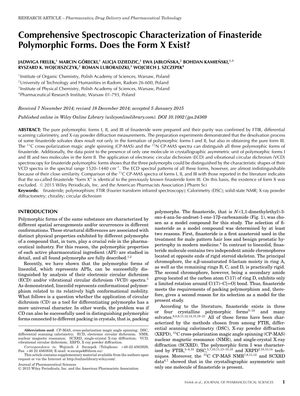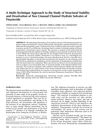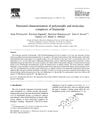Comprehensive Spectroscopic Characterization of Finasteride Polymorphic Forms: Does Form X Exist?
February 2015
in “
Journal of Pharmaceutical Sciences
”

TLDR Three finasteride forms exist; "form X" doesn't.
This document is a scientific study that characterizes the different polymorphic forms of finasteride, a drug used to treat hair loss. The study uses various spectroscopic techniques to identify the different forms of finasteride and their chemical properties. The study concludes that there are three different polymorphic forms of finasteride, and that they differ slightly in their chemical properties. The study also provides information on the conformation of finasteride in its different forms. The study also confirms that the so-called "form X" of finasteride does not exist.







